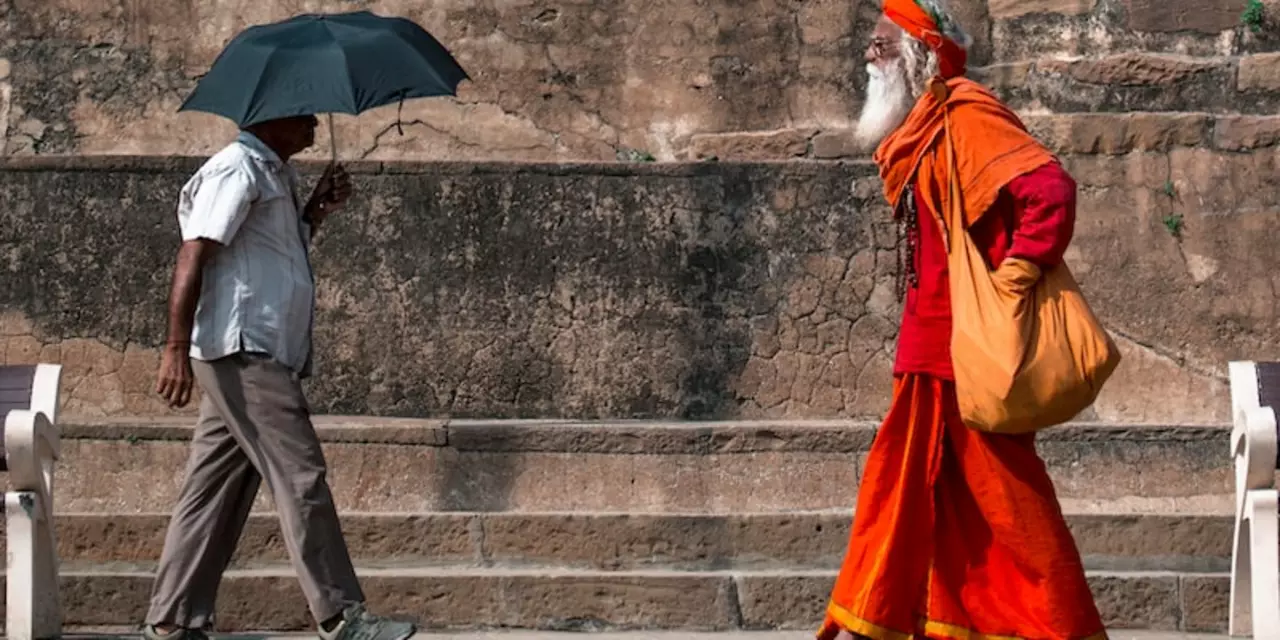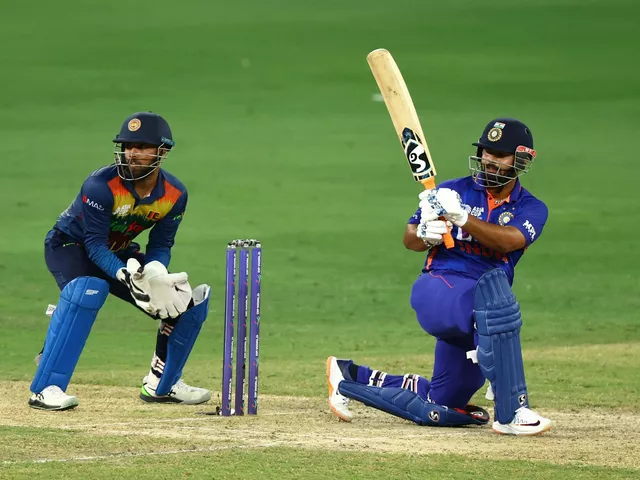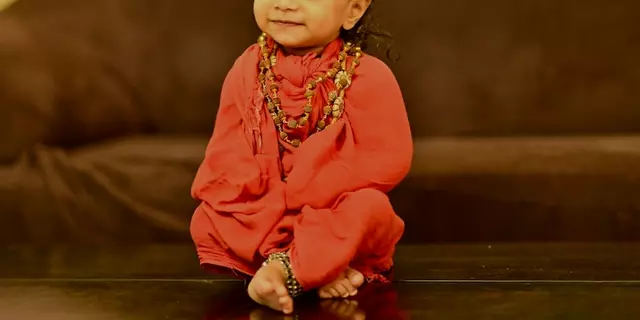Exploring the Average Lifespans of Men and Women in India
India is home to a vast population of over 1.3 billion people. Among them, the average lifespan of men and women varies drastically. India is a country of great diversity, and the living age of men and women can differ drastically between different regions of the country. In this blog post, we will explore the average living age of men and women in India.The average lifespan of men and women in India is around 69.2 years. This number is higher than the global average of 64.1 years. This can be attributed to India’s improved healthcare system and access to clean water, which has resulted in a decrease in infant mortality rates and an increase in life expectancy.
However, India’s male-female life expectancy gap is the highest in the world, with the average lifespan of women being 6.2 years longer than that of men. This has been attributed to the fact that India’s healthcare system is biased towards men, leading to lower access to healthcare services for women. This is especially true in rural areas, where women often do not have access to quality healthcare services.
The average lifespan of men and women in India also varies significantly by region. In the southern part of India, the average life expectancy for men and women is around 73.3 years, while in the northern part of India, the average life expectancy for men and women is 64.5 years. This is due to the fact that the southern part of India has better access to healthcare services and improved sanitation, while the northern part of India is more poverty-stricken and has poorer access to healthcare services.
Overall, the average lifespan of men and women in India is 69.2 years, which is higher than the global average. However, the male-female life expectancy gap is the highest in the world, due to the unequal access to healthcare services between men and women. Additionally, the average lifespan of men and women in India varies significantly by region, with the southern part of India having a higher life expectancy than the northern part of India.
Investigating the Gender Disparity in Life Expectancy in India
When it comes to life expectancy in India, there is a significant gender disparity. While the overall average life expectancy of Indians is 68.3 years, the age is much lower for men than it is for women. According to the World Health Organization (WHO), the average life expectancy for men in India is 66.9 years, while for women it is 70.9 years.This discrepancy in life expectancy between men and women can be attributed to a variety of factors. First, there is a general lack of access to health care among men in India. This is due to the country's traditionally patriarchal society, where men are expected to be the primary breadwinners and take care of the family, while women are relegated to the background. This means men are often unable to access the same level of health care as women, resulting in poorer health outcomes.
Another factor that contributes to the gender disparity in life expectancy in India is the prevalence of violence against women. In India, women are particularly vulnerable to domestic violence, which can lead to serious long-term physical and psychological health problems. This contributes to a higher mortality rate among women compared to men.
Finally, there is an endemic problem of malnutrition among women in India, particularly in rural areas. This lack of adequate nutrition has a direct impact on health outcomes, resulting in lower life expectancy for women.
Overall, the gender disparity in life expectancy in India is a serious issue that needs to be addressed. Policies and initiatives should be implemented to ensure that all citizens, regardless of gender, have access to quality health care and nutrition. Only then can we hope to reduce the gender disparity in life expectancy in India and ensure that all citizens enjoy a longer and healthier life.





